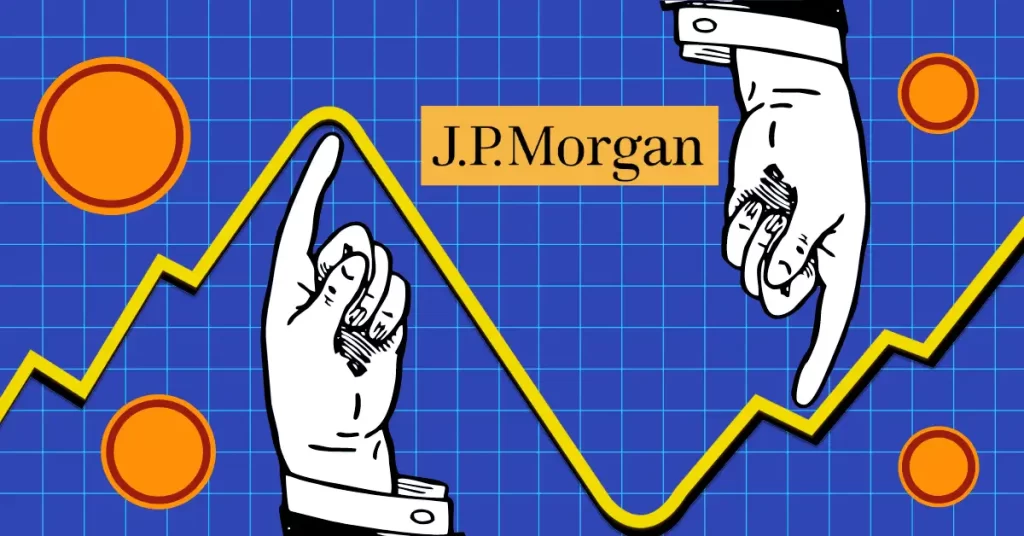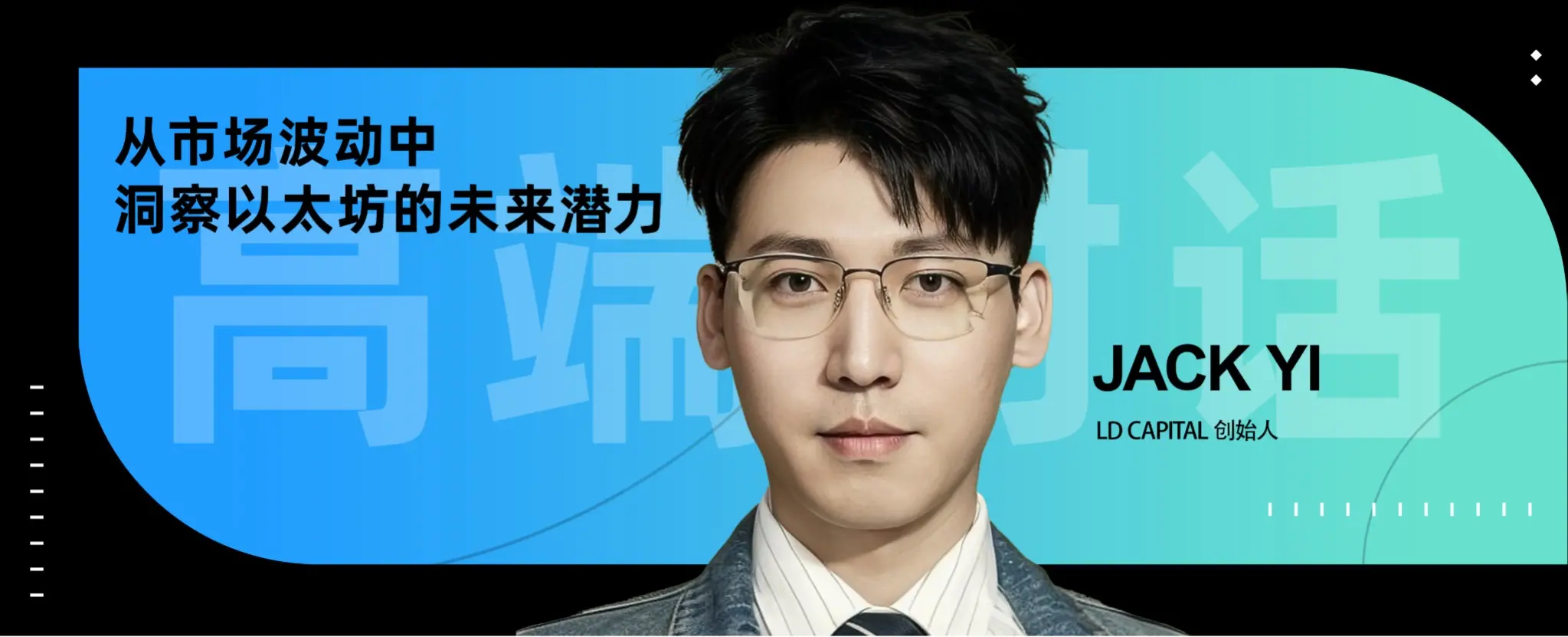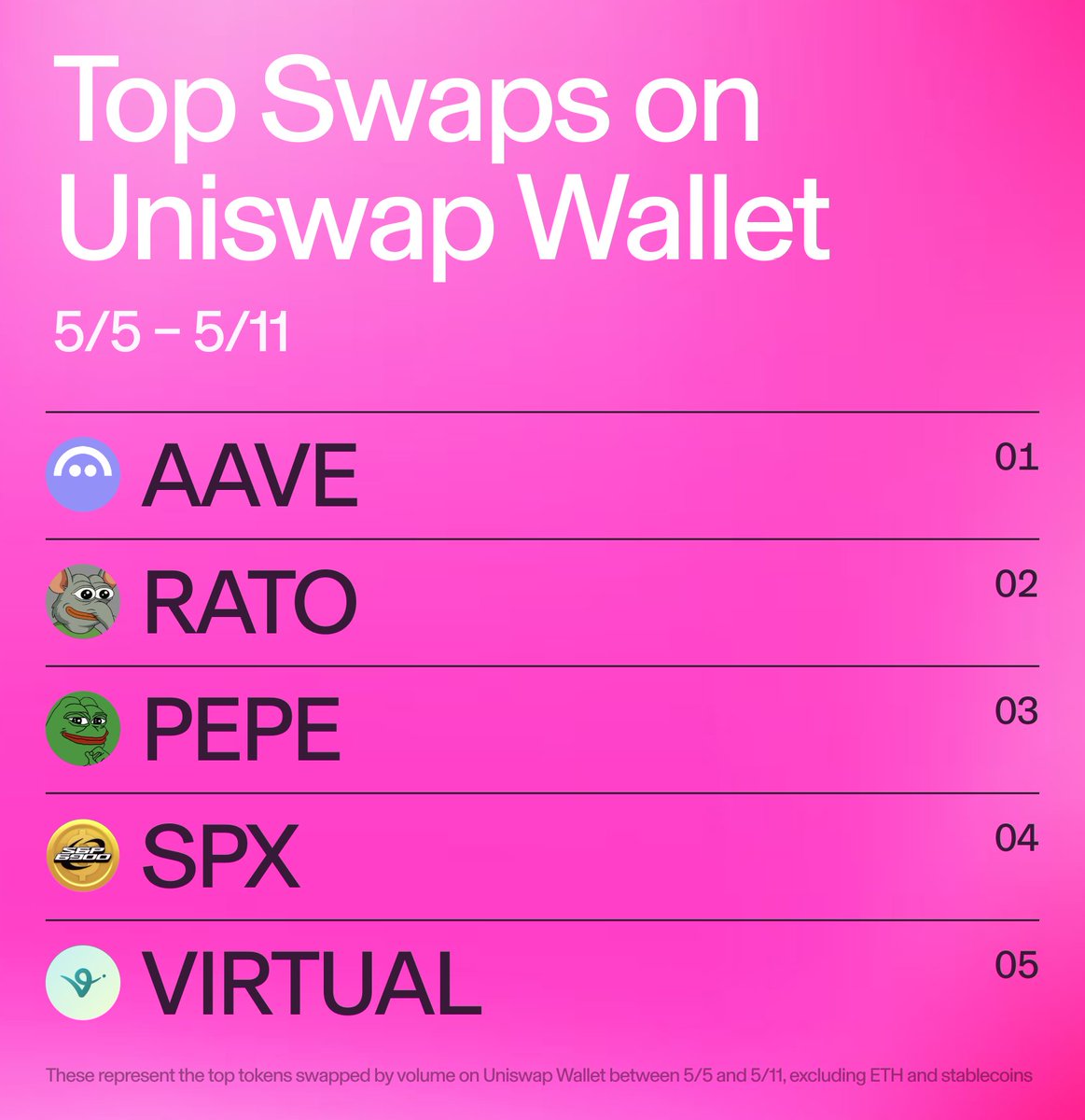Uniswap is a decentralized exchange, commonly called a DEX, developed on the Ethereum blockchain. Traders use Uniswap to instantly swap ERC-20 tokens without requiring a liquid market of buyers, sellers, or intermediaries. The network prioritizes censorship resistance, security, and self-custody without needing third-party intermediaries.
Contrary to a centralized exchange that processes trade orders internally via an Order Book, a decentralized exchange operates an automated market maker (AMM), which functions as a constant, permissionless liquidity pool that traders can interact directly on-chain. UNI is the native token of the Uniswap protocol and is available to be traded in various markets on OKX. UNI is required to vote on proposals that govern the development of the Uniswap platform. You can also use UNI to create liquidity pairs and earn crypto rewards.
The Uniswap ecosystem consists of the following features:
- Uniswap Labs: The company that developed the Uniswap protocol.
- The Uniswap Protocol: A decentralized crypto exchange on the Ethereum blockchain.
- The Uniswap Interface: A web interface that enables users to interact with the protocol.
- Uniswap Governance: A governance system that uses the UNI token to govern the Uniswap protocol.
While initially developed for the Ethereum network, Uniswap is now operational on the Polygon, Arbitrum, and Optimism blockchains. This cross-chain flexibility is one of the things that decentralized finance users love about Uniswap.
How does Uniswap work?
Uniswap is a decentralized exchange platform that facilitates the creation of an enormous variety of liquidity pools that traders can use to swap tokens. Any compatible token can be added to a DEX and traded without a centralized entity or business being required to host the exchange.
To enable this, Uniswap uses smart contracts, a critical utility in decentralized finance, to allow traders to exchange tokens through an automated market maker. An automated market maker, like Uniswap, is a medium of exchange that will enable traders to swap cryptocurrency in liquidity pools on the blockchain through the Uniswap web app. When using Uniswap, users are not restricted by external factors like market opening times and the need for other traders to place corresponding orders.
To create a liquidity pool, a liquidity provider must supply two different tokens that can become a shared pot of tokens that Uniswap users can trade with. The price of the tokens in a specific liquidity pool is regulated by a mathematical formula that dictates the tokens value. Trading with a liquidity pool changes the ratio of tokens within the pool, causing changes in the price of each token.
Transaction fees incentivize liquidity providers to supply tokens to a Uniswap liquidity pool. They receive a percentage of every trade that exchanges tokens with the pool. The Uniswap decentralized application (DApp) facilitates the creation of an enormous variety of liquidity pools traders can use to swap tokens. Any compatible token can be added to Uniswap and traded without a centralized entity or business being required to host the market.
UNI price and tokenomics
UNI is an ERC-20 token with a circulating supply of roughly 734,000,000 and a genesis maximum supply of 1,000,000,000 tokens. These tokens will be distributed as follows over four years:
- Uniswap community members: 60.00% (600,000,000 UNI).
- Current and future employees: 21.266% (212,660,000 UNI).
- Investors: 18.044% (180,440,000 UNI).
- Advisors: 0.69% (6,900,000 UNI).
15% of the total UNI supply was immediately made available to "historical users and liquidity providers." This was done to reward early community members for their faith in the network and liquidity. Additionally, 43% of the UNI tokens will be held by the Uniswap governance treasury. These 430,000,000 tokens will be distributed through contributor grants, community initiatives, liquidity mining, and other programs.
The UNI supply is inflationary, following a rate of 2%, starting four years after the token mint. This inflationary model ensures continued participation and contribution to the Uniswap network. Uniswap's emission structure indicates that the maximum total supply will be reached in September 2024.
About the founder
Development of the Uniswap protocol began in 2017 when founder Hayden Adams was dismissed from his position as a mechanical engineer at Siemens. Adams contacted his close friend Karl Floersch for advice, who suggested he learn more about Ethereum and smart contracts. To develop his coding skills and learn more about blockchain technology, Adams started working on a project that Vitalik Buterin, the founder of Ethereum, had described on Reddit, a popular online forum.
Adams was completely captivated by the beliefs that drove the Ethereum project. The missions of decentralization and permission protocols drove him to continue developing the Uniswap platform, despite being unemployed at the time. A key breakthrough occurred in April 2018, when Adams was introduced to Vitalik Buterin at the Deconomy conference in Seoul. Buterin read over Adam’s source code and advised him to apply for a grant from the Ethereum Foundation and continue developing Uniswap in Vyper, a different coding language.
After several months of continued development, the Uniswap decentralized exchange was finally deployed on the Ethereum mainnet in November 2018. However, the team didn’t stop there and, to this day, continues improving the platform with frequent updates. One such example of this is optional transaction fee tiers in Uniswap V3. This allows liquidity providers to choose how much traders need to pay in transaction fees while trading. Today, Uniswap holds the highest total value locked (TVL) of any decentralized exchange on Ethereum — the largest Layer 1 smart contract blockchain in the cryptocurrency industry.
As a pioneer in the field, Uniswap drew significant interest from several well-known institutional investors. Heavyweight investors like Delphi Digital, Pantera Capital, a16z Crypto, and Blockchain Capital supported and funded Uniswap. These experienced funds aided in the development of Uniswap and are a significant contributor to its current success.
Uniswap highlights
NFTs on Uniswap
One of the most exciting and discussed developments coming to Uniswap is integrating a non-fungible token (NFT) aggregator into the platform. In June 2022, Uniswaps Labs announced that they had successfully acquired Genie and would implement it into the Uniswap site.
Genie is an NFT aggregator. This means that prospective NFT buyers can use Genie to collate and purchase NFTs listed on any marketplace all in one place. This simplifies the NFT collection process and removes the need to check many different marketplaces for the best deals. This is a massive step in the project's development, resulting in DeFi users and NFT collectors being very excited about Uniswap.
The Swap Widget
In April 2022, the Uniswap development unveiled and deployed the Swap Widget, a simple swap function that developers could easily integrate into their applications. The Swap Widget allows users to trade tokens from a third-party site instead of navigating to the Uniswap web app. The Swap Widget can be added to a compatible dApp through just one line of code and is already being used by popular sites like OpenSea.



































Socials